Rudolf Stolle and his postcards
Rudolf Stolle was born on 2 July 1858 in Holzminden and died on 13 January 1933 in Braunschweig . He graduated from high school in Hanover, entered a trade school and worked in a publishing house of educational literature. He then founded his own bookseller in Bad Harzburg (Harz, Lower Saxony), and then, together with a colleague, took over the publishing house and printing house "Appelhans & K°" in 1908. The annual guide to Harz, published by Stolle, had gone through 25 editions by 1932 with a total circulation of 140,000 copies.
Identification of postcards published by Rudolf Stolle is very simple: the publisher always indicates his imprint and location on the postcards (Rud. Stolle, Bad Harzburg, sometimes even indicating the address - Villa Ilse), very often there is a publisher's mark on the postcards - the letter S in a heart inscribed in a circle. In addition, the name of the series and the number of the postcard in this series are indicated on the postcards.
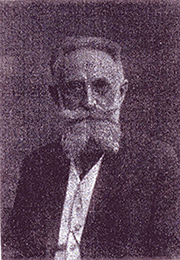
_______________________
Postcards from the art studio of Rudolf Stolle (the city of Bad Harzburg in the state of Lower Saxony, far from East Prussia) are decorated with ornaments in the Art Nouveau style. The new art movement that emerged in the late 19th and early 20th centuries under the name "modern" was called Art Nouveau in German-speaking countries (from the name of the magazine "Jugend" published in Munich, which promoted this movement). The new style also spread to Russia. Frames and ornaments in this style quickly became popular among artists and publishers who issued postcards. At the same time, the word "vignette" appeared in the Russian language, from the Latin vin - grapevine, because the curly lines in the ornaments looked like a grape branch.
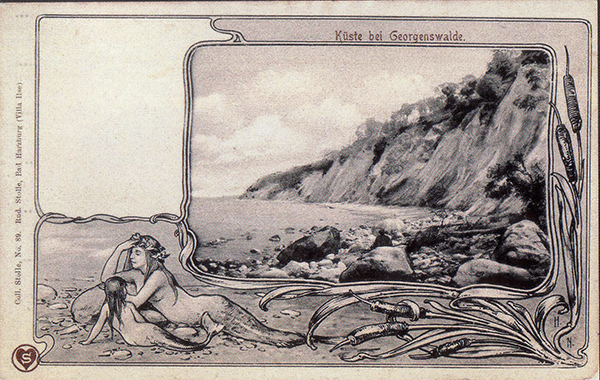
The theme of the Samland Railway is presented in eight Art Nouveau series published by Rudolf Stolle. Each issue contains 12 numbered postcards plus several variations on the front and back sides. We assume that at least 104-110 postcards exist, and 73 of them are in private collections and archives of organizations (for example, the Herder Institute in Marburg, the archive of the East Prussian regional association in Hamburg). We draw attention to the fact that five Samland series (more than 60 cards, with variations) by the same studio are also known, where the designs of many postcards correspond to the designs in the Art Nouveau series, but we will only briefly introduce them to the reader. Thus, the issues show 22 corners of the Samland Peninsula - cities, towns, individual buildings, natural views. And not only those where the railway line passed. We will show each of them in the book, in alphabetical order.
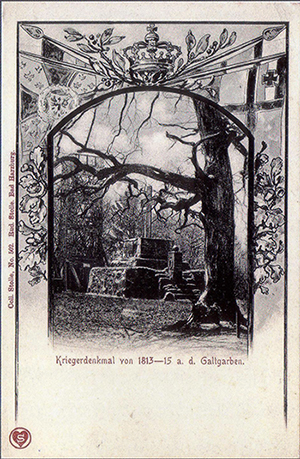
The earliest postcard that went through the mail is dated August 1900, the latest has a postmark of August 1918. Of interest are the postmarks placed in front of passengers in carriages, for example, on the trains Königsberg - Warniken, Ponart (then a suburb of Königsberg) - Rauschen, Posen (Poznan) - Insterburg (far from our region, but the ways of postcards are inscrutable).
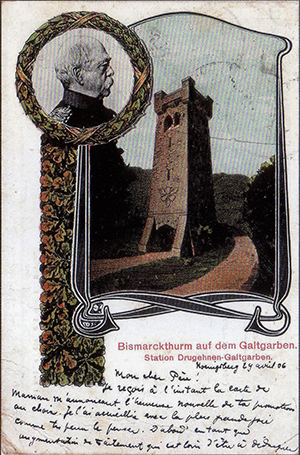
A seasoned collector will notice some rather bold drawings that can be
classified as erotic: female figures, clothed and naked, mermaids in all their
glory, moments of flirtation – on the backs of the postcards. And yet these
drawings were created, and by a talented hand, more than a hundred years ago.
Flip through the pages of the book, take a closer look…
Thanks to Rudolf Stolle (1858 – 1933), images of a number of small places in
East Prussian Samland have been preserved for local historians and collectors –
when else would modest Mühlfeld, for example, which has disappeared from modern
administrative maps, appear on a postcard! Mr. Stolle did not always write the
word Verlag (publishing house) on the cards, but often Atelier – apparently, he
considered himself more of an artist than a publisher. The postcards also bore
the word Kollektion (collection) – a term not of an entrepreneur, but of a
designer, an intellectual. Apparently, for this atypical publisher, the desire
for creativity was on par with achieving success in business and finance.

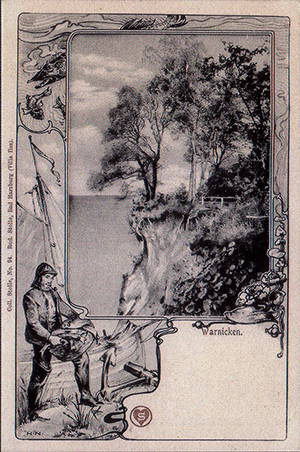
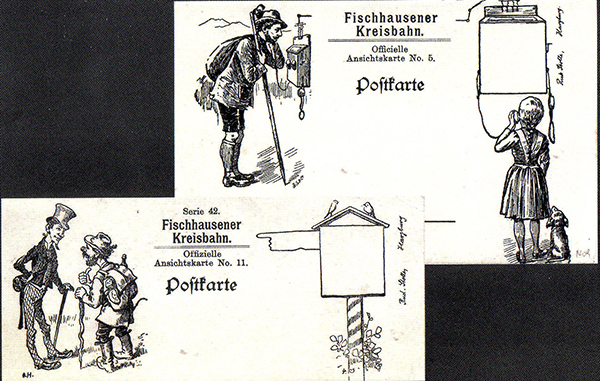
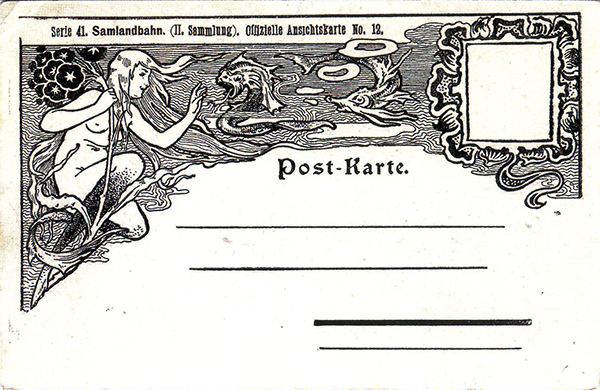
_______________________
admin. I also have several postcards published by Rudolf Stolle in my collection. They are all truly works of art. It is simply pleasant to look at them, noticing the eye-pleasing small details in the design of both the front and back sides of the cards.

